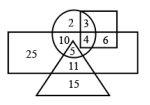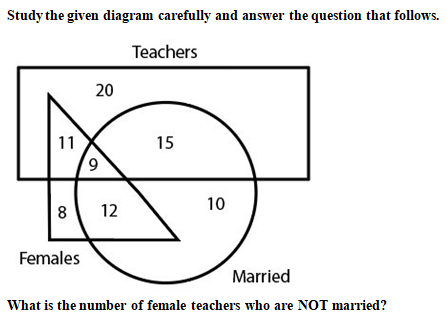Question
In India, the GST is based on the dual model GST adopted
in:Solution
In India, the Goods and Services Tax (GST) is based on the dual model GST adopted in Canada. The dual model GST involves two components: the Central Goods and Services Tax (CGST) and the State Goods and Services Tax (SGST). Under this system, both the central government and state governments have the authority to levy and collect GST on the supply of goods and services within their respective jurisdictions. This structure ensures that the tax revenue is shared between the central and state governments and helps maintain fiscal autonomy for each state while streamlining the taxation process across the country. The implementation of the dual model GST in India took place on July 1, 2017, replacing the previous complex and fragmented tax system with a unified and simplified tax regime.
If all roses are flowers, and some flowers are red, can we conclude that some roses are red?
How many people belong to W group but not X group?
Choose the best suitable Venn diagram for the following classes:
Pen, Computer, Paper

How many female executives are there in the organization?
Which of the answer figure is exactly the mirror image of the question figure, when the mirror is held on the line X Y?

Hinduism, Islamic , Religion
Choose the Venn diagram from the given options which represents the correct relationship amongst the following classes:
Crocodiles, Lizards, Rept...
How many Disciplined people are not labour?
In the question, assuming the given statements to be true, find which of the conclusion (s) among given two conclusions is /are definitely true and t...
Relevant for Exams:


